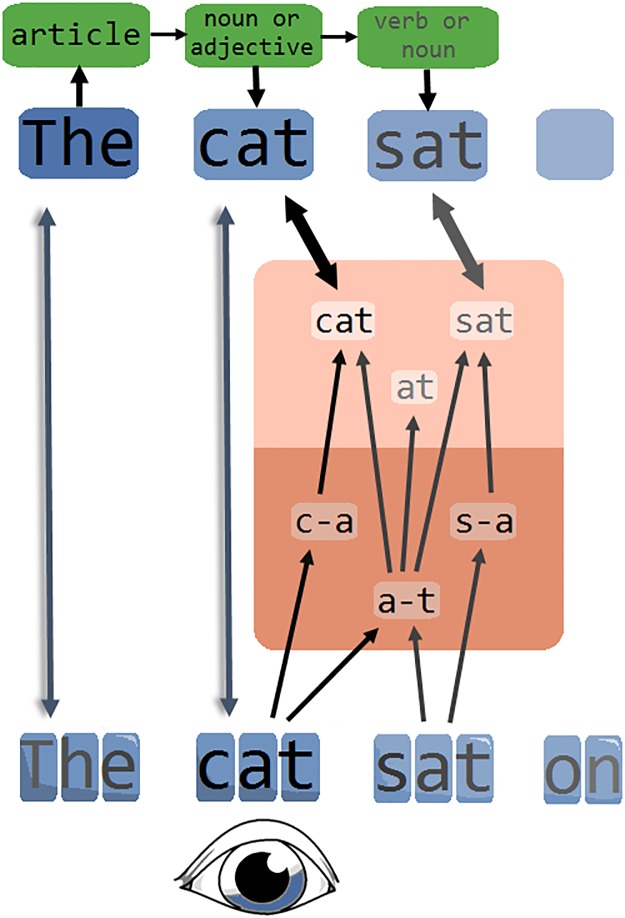Fig 2. Our conceptualization of the reading system.
Sub-lexical orthographic information is gathered across multiple words, with stronger activation of letters in the fovea (here ‘cat’) than letters in the parafovea. Sub-lexical information activates word representations and, importantly, parafoveal information may help to activate the word representation belonging to the fovea if there is orthographic overlap, accounting for the orthographic parafoveal-on-foveal effects reported in the literature. Activated word representations are projected onto a plausible location in a spatiotopic representation, based on visual features such as word length and shape. From here, recognized words append to a sentence-level representation that follows syntactic rules: for instance, if word n is recognized as an article, word n+1 is expected to be a noun or adjective (in English). Feedback from the syntactic level to the individual word positions constrains the recognition process while allowing for the simultaneous recognition of multiple words.

